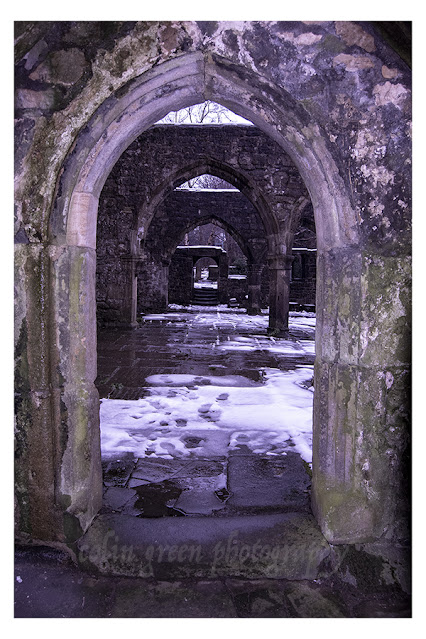Built sometime in late 12th - early 13th Century, the Heptonstall Parish Church was known as the Church of St Thomas a' Becket. It was also known as the chapel The Chapel of St Thomas the Martyr. It was built to serve the communities of Heptonstall, Erringden, Langfield, Stansfield and Wadsworth. The Priests were appointed and paid for by the Vicar of Halifax as the church was to serve the people to the west of Halifax.
The church was closed for a time around the turn of the 16th Century due to the murder of a priest, it was said he had performed an illicit marriage ceremony. The church underwent renovations in the 14th, 15th, 16th and 17th centuries, and a new clock was installed in 1810. This was moved to the new church.
The church was damaged by a storm in 1847 which tore off the roof, damaged the tower and caused considerable damage to the churchyard. The church rate, a tax payable by all parishioners to support the parish church was insufficient to repair the damage. A new church was built in the same churchyard funded by voluntary subscription and this opened in 1854.
The church ruins still stand to this day and occasionally outdoor services are conducted in the remains of the St Thomas a' Becket. I took these pictures on the 19th November 2016 with a Nikon d3300, they can also be seen un-watermarked and higher resolution on Clickasnap. Click any image and a link will open in another window.
Clicking any image will open a ink in another window to the un-watermarked, higher resolution version on Clickasnap.
Thanks for looking and please take a moment to share and follow me on social media.
All the pictures remain the copyright of Colin Green.








































































